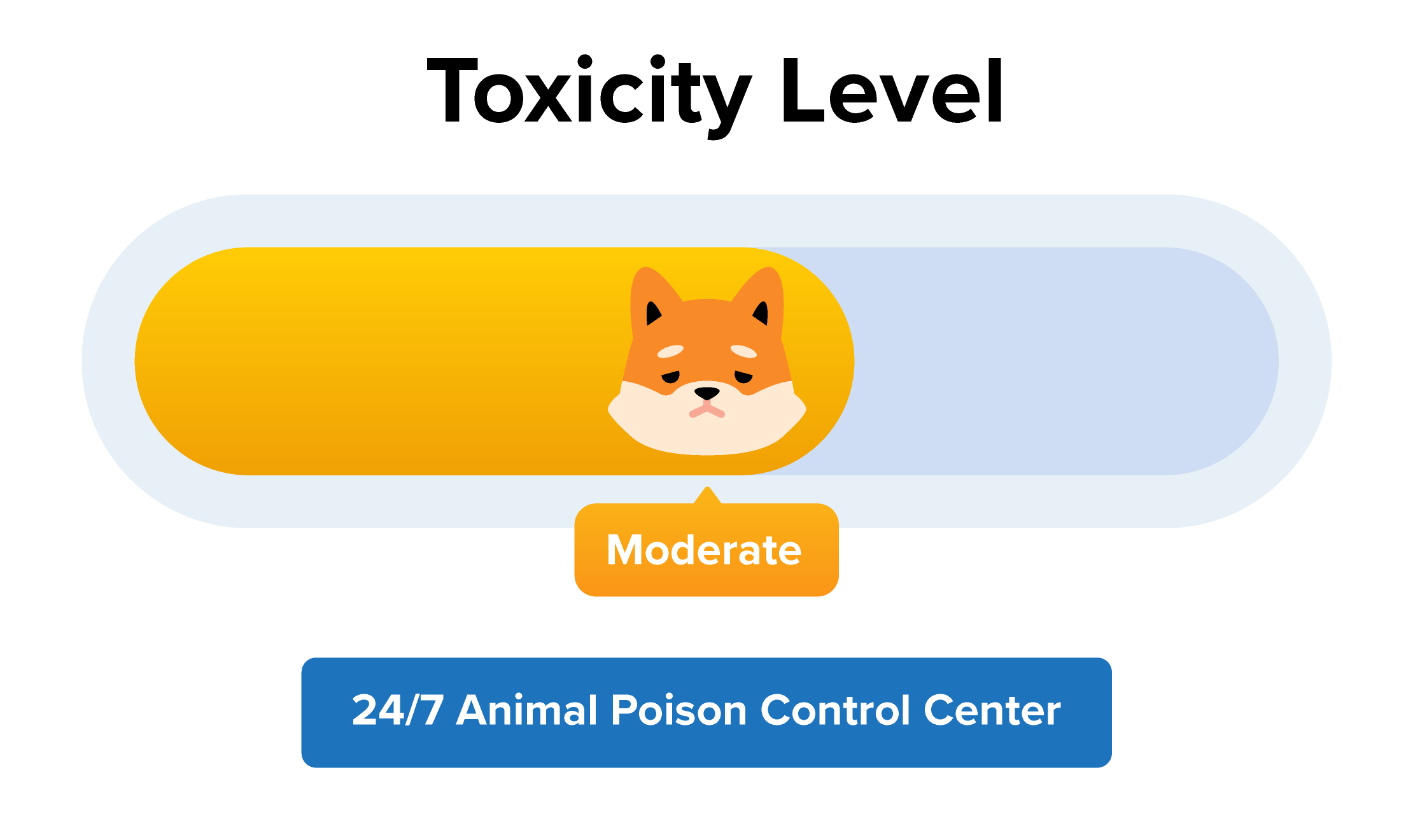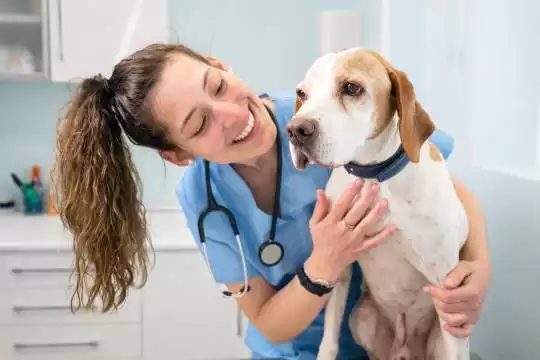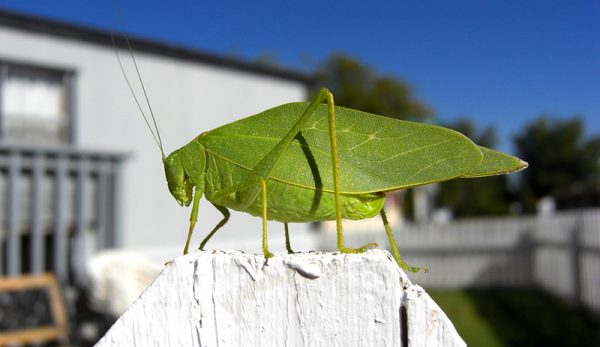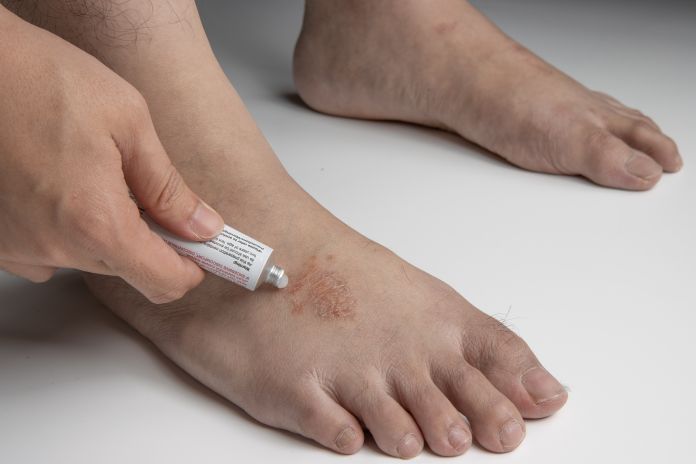Older homes are notorious for having some dangerous substances in them. This can include lead paint. The use of this type of paint was outlawed back in the 70s. However, older homes may still have remnants of lead pain that may not come to light until renovation work has been started.
Connect with a verified veterinarian in minutes. Licensed vets are available 24/7 to answer your questions. No need to worry about your furry family member.
What is Lead Paint?
Lead paint is a type of paint that includes lead. This was a commonly used paint for toys, home furnishings, walls, and more. The lead helped to make some colors more vivid, was included to help paint spread further, and was also included to make paint dry faster. Not only that, but lead paint was highly water-resistant and durable, creating a surface that could be washed.
The problem with lead is that it can be toxic. When the paint was commonly used in homes, children were exposed to dust, chewed on surfaces painted with lead paint, and more. These kids were poisoned from the toxic paint and developed serious medical issues.
Lead paint is also toxic to animals, including dogs.
Lead Poisoning in Dogs
Lead exposure is a common problem in dogs. This is because they sometimes like to eat things they shouldn’t. But sometimes it comes from exposure to things we see as harmless. Lead can be in dust, in the air, in the soil, in pottery, toys, and more. If a dog eats lead, he can become very sick.
Lead affects the body by depleting minerals needed to function properly. This is the same in dogs and humans. The body’s central nervous system and digestive tract are then affected.
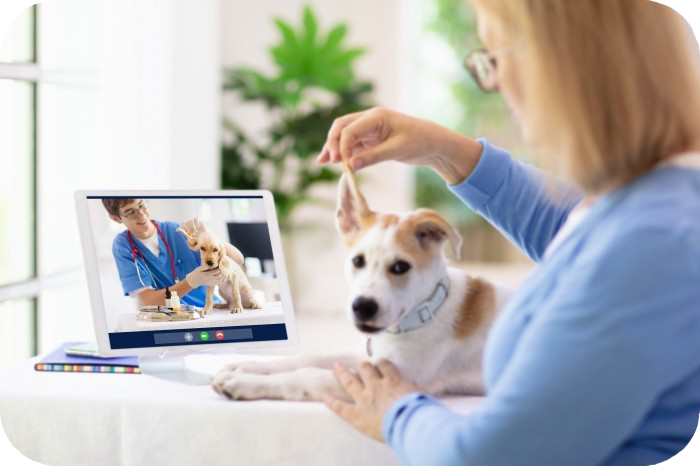
Review symptoms, medications & behavior to keep your pets healthy with a Vet Online in just minutes.
Ask a Vet Live NowSymptoms of Lead Poisoning in Dogs
You may notice these symptoms if your dog has ingested lead paint:
- Lack of appetite
- Abdominal pain
- Vomiting
- Chomping of the jaws
- Increased thirst & urination
- Diarrhea
- Weakness
- Shortness of breath
- Anxiety
- Aggression
- And more
If you know or suspect your dog has eaten lead paint or been exposed to lead, then it’s time to the call the vet immediately. This could be a life-threatening emergency and the fast your dog receives treatment, the better.
Treatment of Lead Poisoning in Dogs
Treatment is all about removing lead from the system, which can include gastric lavage, an enema, and more. In addition, the vet may use chelation therapy. This is a type of therapy where one substance binds to another. The goal is to bind the lead to another substance, which the body can then easily remove via urine, etc. When the lead is bound, it can no longer poison the body.
Your dog has a very good chance of recovery if he receives fast medical care.
Connect with a verified veterinarian in minutes. Licensed vets are available 24/7 to answer your questions. No need to worry about your furry family member.

Tom
Tom has always loved to write since he was little - he wanted to be either a writer or a veterinary doctor, but he ended up being a professional writer while most of his works are based on animals. He was born in San Francisco but later moved to Texas to continue his job as a writer. He graduated from the University of San Francisco where he studied biotechnology. He is happily married and a soon to be father!
Review symptoms, medications & behavior to keep your pets healthy with a Vet Online in just minutes.
Ask a Vet Live Now
